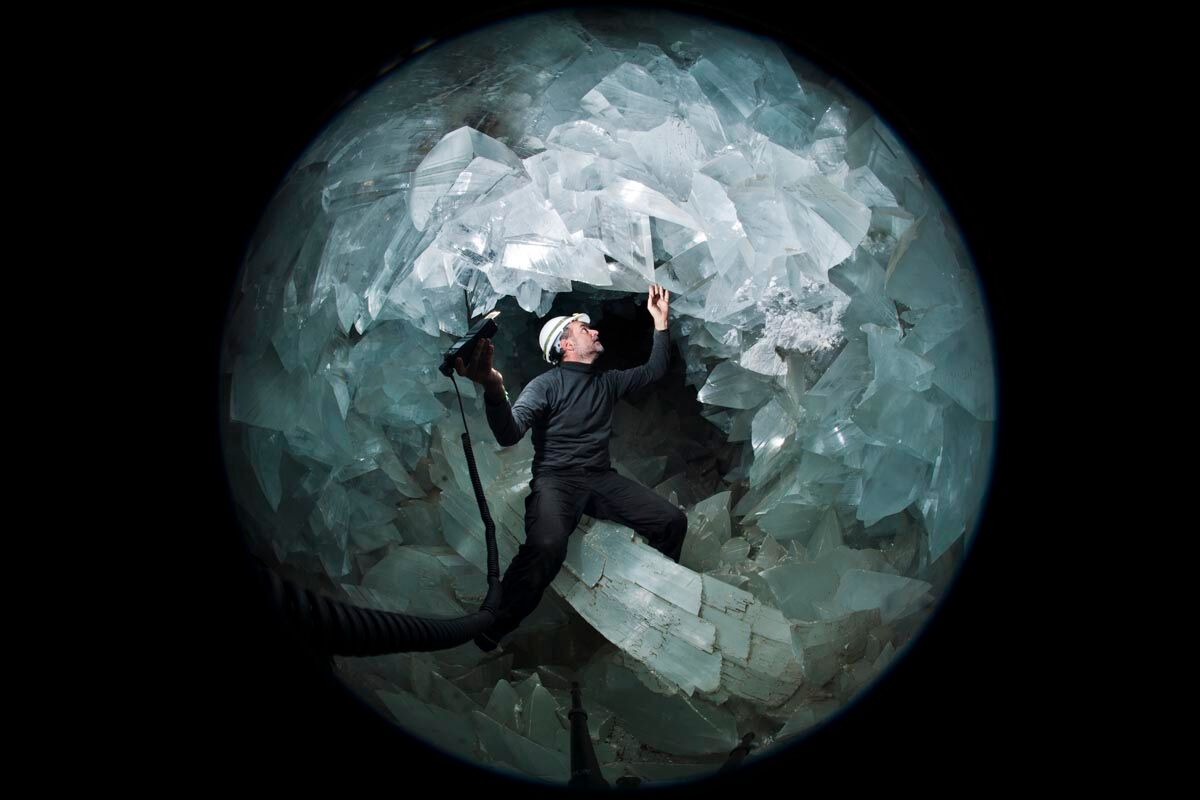When you purchase through links on our site , we may earn an affiliate mission . Here ’s how it process .
It ’s sparkly , it ’s festal and some scientist want to see it swept from the side of the Earth .
Glitter should be banned , research worker Trisia Farrelly , a senior reader in environment and planning at Massey University in New Zealand , tell apart CBS . The reason ? Glitter is made of microplastic , a piece of music of plastic less than 0.19 inch ( 5 millimeters ) in length . Specifically , glitter is made up of mo of a polymer called polythene terephthalate ( PET ) , which goes by the craft name Mylar . And though it comes in all sizes , glitter is typically just a millimetre or so across , Live Science previously reported .

Kids' crafts may have to find another way to shimmer.
Microplastics make up a major proportion of ocean defilement . A 2014 study in the subject - entree daybook PLOS ONE estimated that there are about 5.25 trillion pieces of plastic weigh a total of 268,940 net ton ( 243,978 metric tons ) floating in the globe ’s seas . Microplastics made up 92.4 percentage of the total enumeration .
Most of those microplastics were scrap that had slough off charge plate items that were originally large , like water bottles , sportfishing train or plastic shopping bag , that study found .
Microplastics are a job because maritime life story mistakes the be adrift subatomic particle for food . Eurasian perch larvae , for good example , often choose to feed charge plate over its even diet , harmonize to a 2016 study in the journal Science . Unsurprisingly , that study found , a charge card - base diet was not great for the Pisces ’s farseeing - terminal figure health and survival . Even zooplankton , the root of the sea food chain , have been observed eating plastics .

Original article onLive skill .

















